We use cookies to improve the services we offer you. By continuing to browse this site, you consent to keep them in accordance with our Privacy Policy.
×We use cookies to improve the services we offer you. By continuing to browse this site, you consent to keep them in accordance with our Privacy Policy.
× 206
206
 12 min
12 min
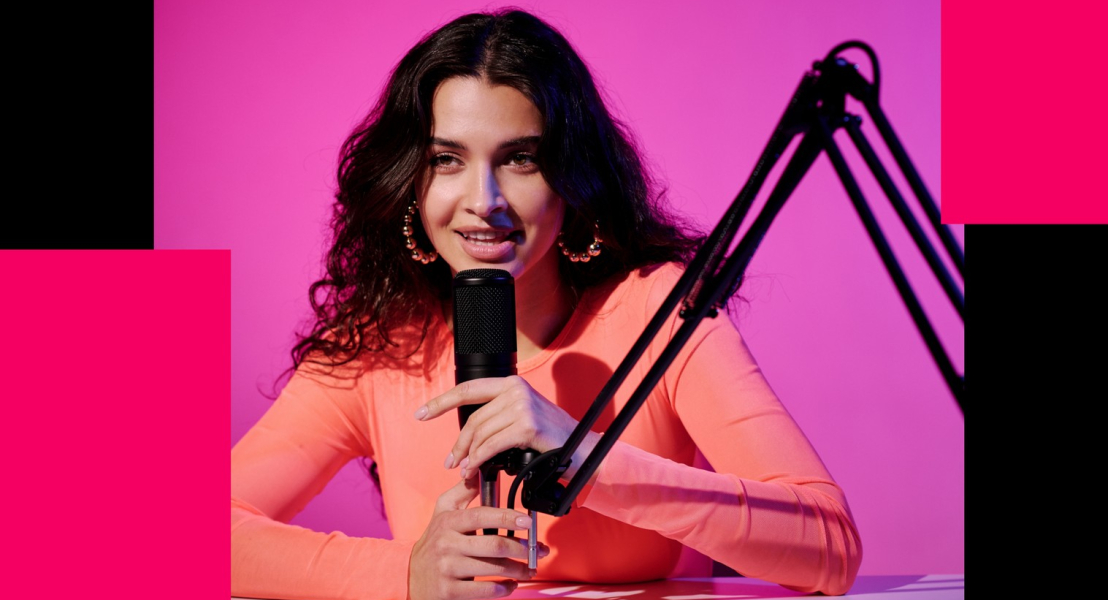
Video podcasts are slowly becoming the trend. Change that. Video podcasts are the trend. YouTube is now the most used podcast platform in the US. It’s the preferred platform among “heavy podcast consumers” (who spent 6+ hours in the past week), “podcast newcomers” (who started watching podcasts in the last year) and “podcast pioneers” (who started consuming podcasts four or more years ago).
And these stats are only a few of the reasons to get camera-ready for podcasting.
In this guide, we will delve into the burning question of starting a video podcast in 2024. You’ll be equipped with robust knowledge of what makes up a video podcast, its benefits, the tools you need to start one, and how to promote and grow your podcast.
If you’re excited as we are, let’s dive right in!
A video podcast (also known as a vodcast) is essentially a podcast that includes video content alongside audio. Think of yourself being visually recorded while narrating your favorite story.
While traditional podcasts are audio-only, video podcasts add visual elements that make them more dynamic and interesting. Such podcasts can be distributed across various video platforms like YouTube, Vimeo, and other podcast apps that support video.
Here are the key features of video podcasts:
Note: Not all of these are necessary for a video podcast. In fact, it can go without any of these multimedia content.
The features mentioned combined can make starting a video podcast a viable option, offering a more cohesive, richer, immersive, and dynamic experience to your audiences. But those features alone are not enough, here are reasons why you should start a video podcast:
Video podcasts often engage more than just audio alone because they have visually appealing elements that can capture and hold audiences’ attention better.
A crucial edge that video podcasts have over audio-only podcasts is platform diversity. You can distribute videos on various video-hosting platforms like YouTube, Vimeo, and even social media platforms like X (formerly Twitter), TikTok, Instagram, or even your own private social network.
For audiences who prefer video learning, have hearing impairment, or non-native speakers who might have difficulty understanding your language, video podcasts can help you reach these viewers (provided the subtitles are available).
Video podcasts are on a growing streak, but only few podcasters create videos, which can give creators a competitive edge and differentiation in a crowded podcast market.
Audio content is hard to repurpose, but with video podcasts, you can easily extract short clips to make other types of content. You can use them to create a series of promotional videos, teaser clips for social media platforms, or even short video ads.
With these advantages, video podcasts can enhance your podcasting game, give you a head up in the competition, make your content appealing to a broader demographic, and increase your reach. So now that you have the reasons, how can you start video podcasting?
This section comprises all the steps you need to begin your video podcasting journey.
Your video podcast journey begins with finding where you fit in the broad scope of the podcast sphere. It’s about “knowing who you are and who you serve” as said by João Amaro, co-founder of Podsqueeze.
This step is not necessary for those who already have audio podcasts, as you can just pick up from what you’re doing with your show. But for those just starting, first, define your niche. Start by checking out on what you’re good at and balancing that with what people want.
Occasionally, what you’re passionate about may not be what interests people most. And if you create content that people don’t want, you might not get the result that you want. Moreover, if you create content that audiences want and you’re passionate about, you might end up being an unqualified expert in your niche.
So, it’s important to find the balance between your passion and the audience’s interests. But how do you find this?
Here are some questions that can help steer you in the right direction:
Answering these questions will help you define your niche and give a foundation to build your video podcast on. But this isn’t enough. After arriving at a defined niche, we recommend verifying if it’s still relevant to your audience’s demand. You can use Podsqueeze idea generator and input your niche there.
It will give you a clear view of how people are currently reacting to topics in your niche. You can get an estimate of the YouTube clicks you can potentially get if you begin creating content for your vodcast.
For example, let’s say you want your podcast to be around “paleo diet,” — you can get an overview of the most trendy topic around this specific niche.
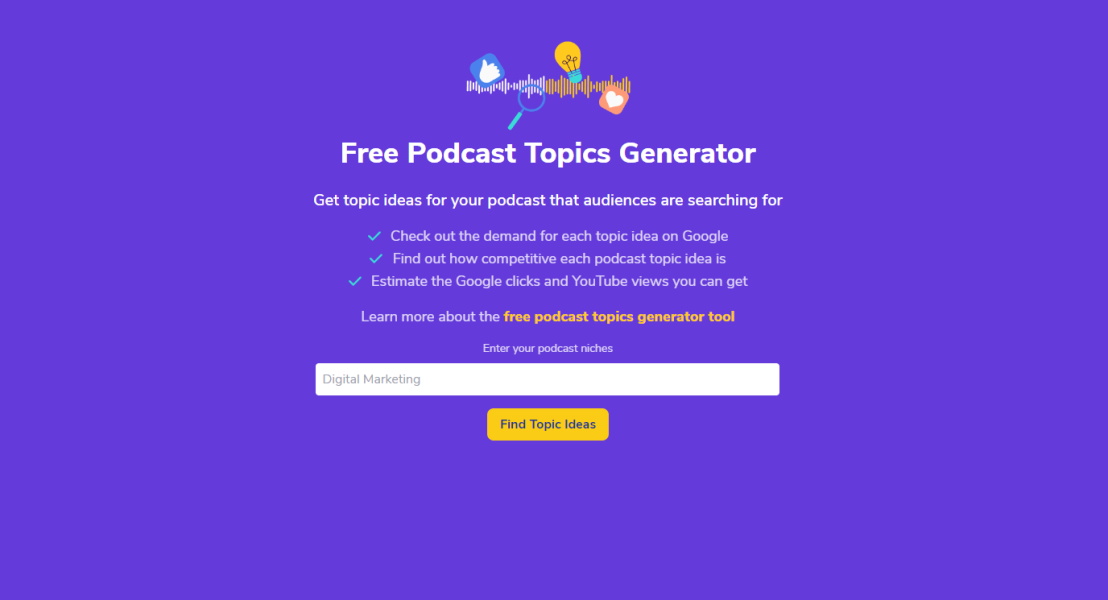
Setting up your equipment and recording a video podcast involves careful planning and execution at the same time to ensure you have a high-quality output. For this, we’ve prepared a set of essential tools to help you ace the process:
Not what you’re thinking. A minimal studio space could be your bedroom or workspace with a nice background. You can have a plain background, a bookshelf, or a branded backdrop to make it look more aesthetic. Check out this YouTube Short on how to set up a professional-looking studio for under $100.
This is the place to get started. If you’re making a solo podcast, you might need a tripod to set your camera on. But if you have a guest, start by sending them your calendar link for them to schedule a time slot. When the time for the meeting comes, send them your video recording link to begin.
Depending on your camera, you can record up to 4k video lag-free. Some recording software you can consider are OBS Studio, Podcastle, and Zencastr.
After the session, stop the recording and export it to your PC or Google Drive (some tools automatically stop it and save locally).
This is where the magic happens. This is the stage where you add live to your recorded video but don’t fret, podcast videos don’t require heavy editing. To get started, here are some easy-to-use editing software you can choose from:
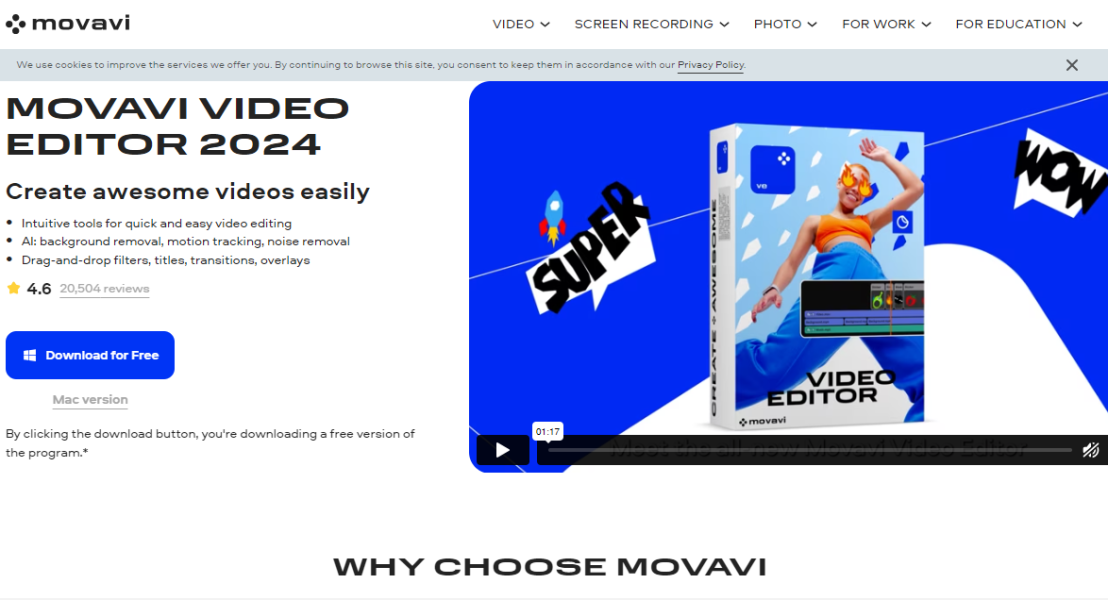
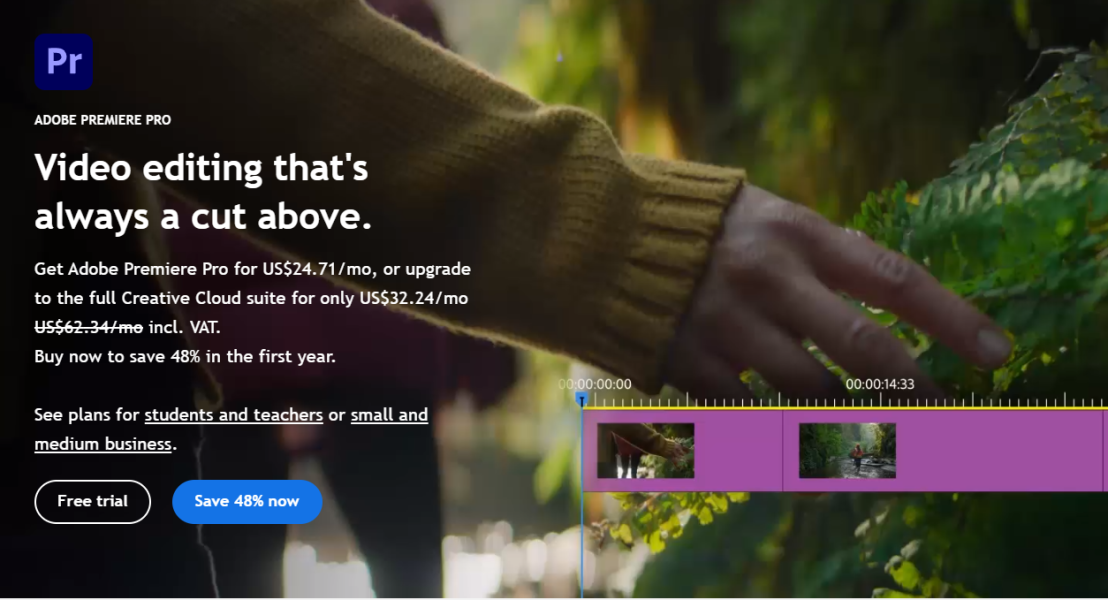
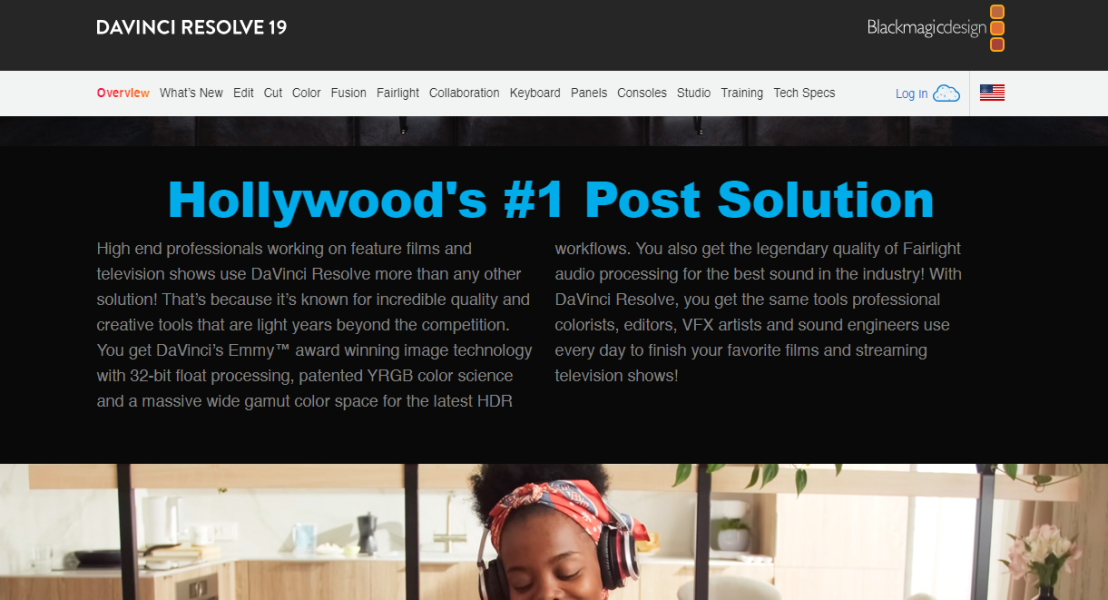
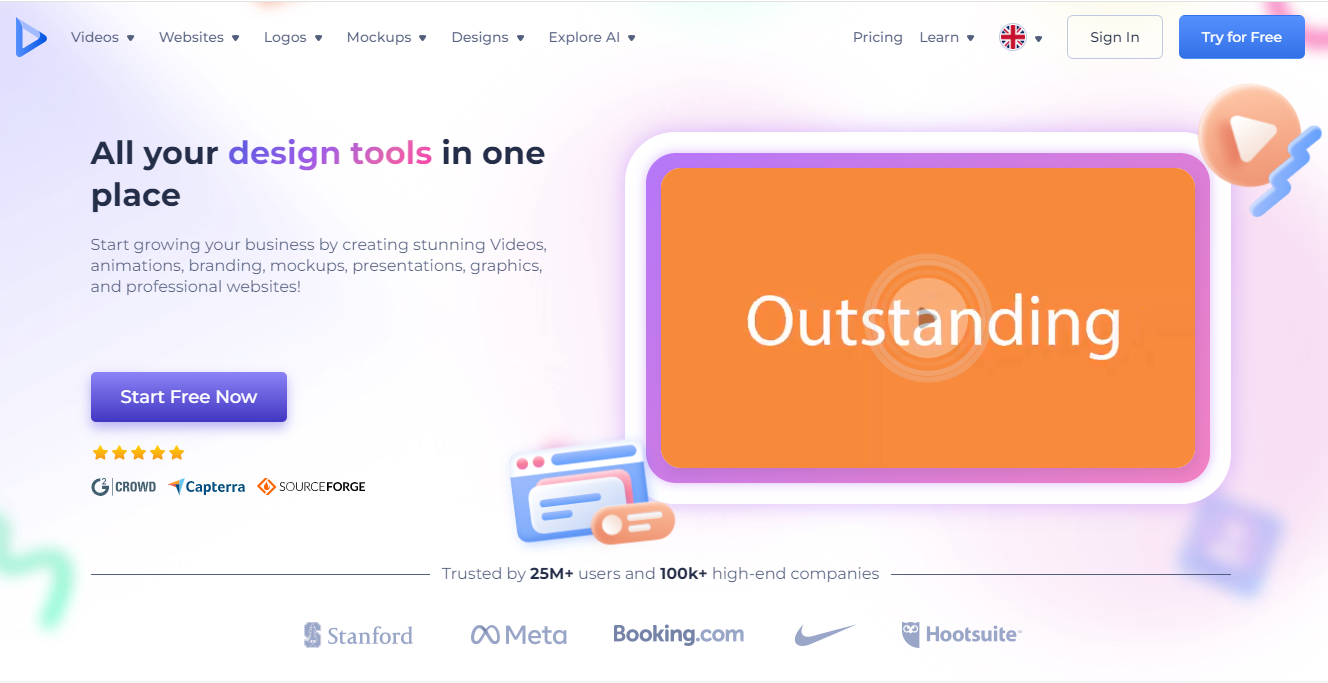
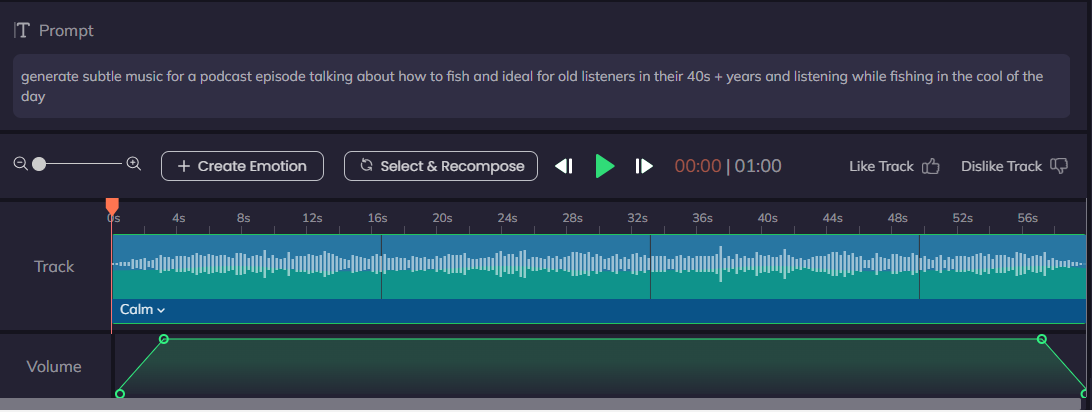
If you followed from step one to this stage, you already have a podcast episode ready to be viewed. For this, the go-to platform is always YouTube, the home of the world’s most popular podcasters.
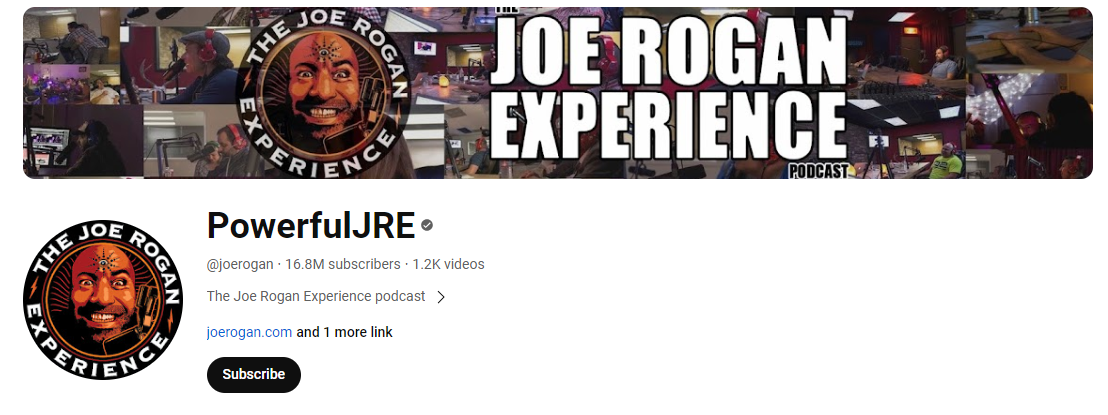
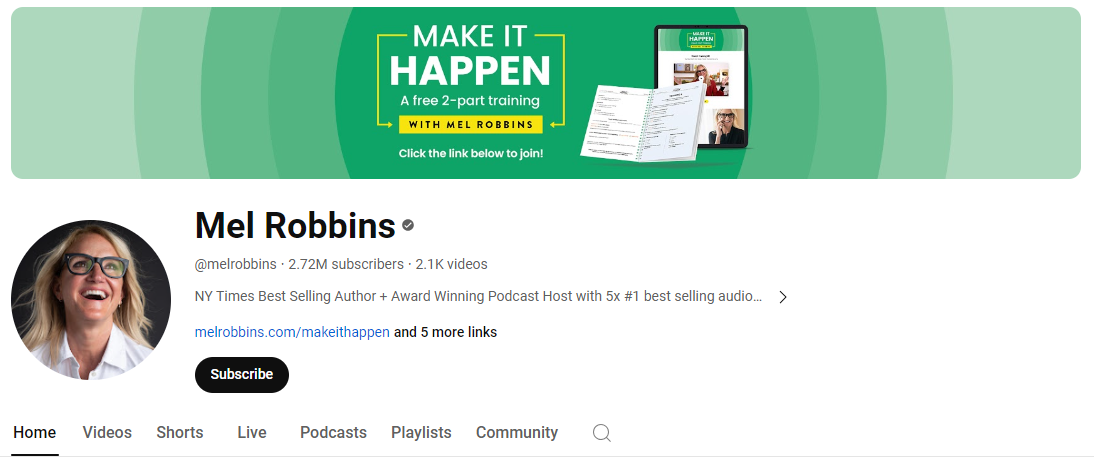
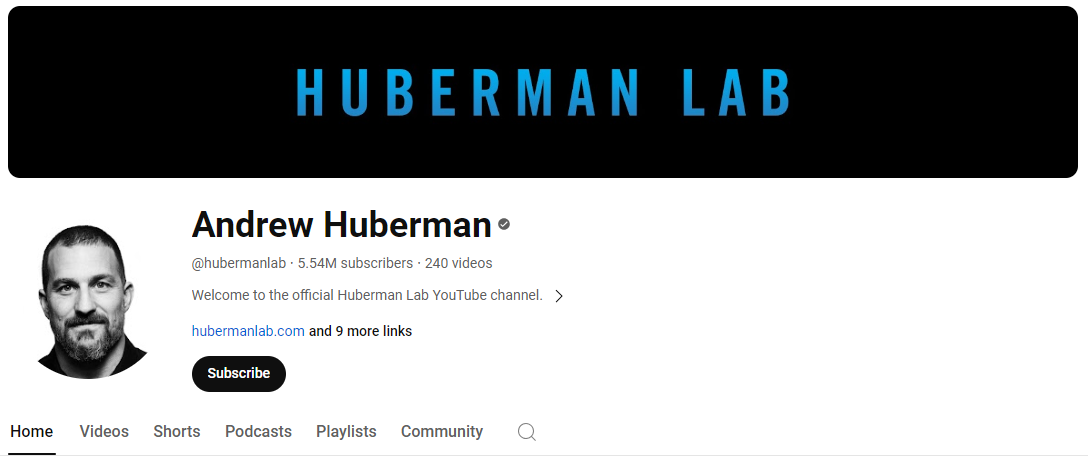
Uploading a video to YouTube is straightforward. If you have a Google account, you are almost ready to publish. Start by creating a name for your channel (for example, the same as your podcast name). For example, in our case, it’d be “Movavi Video Insights.”
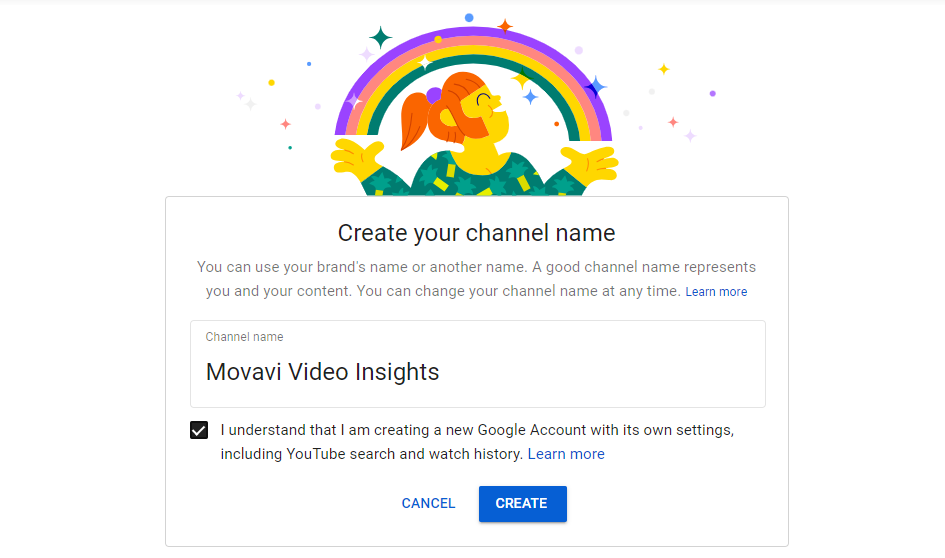
After this stage, go to your channel studio to customize your podcast channel, like the people you serve, what your show is about, etc. Just make sure it covers what you expect the audience will get from your podcast. Here is what it may look like:

Done with this stage and you have a YouTube channel that will serve as a host for your video podcast. The next step is uploading your video and adding relevant assets to make your vodcast pop out. Click the upload button from your channel sidebar.
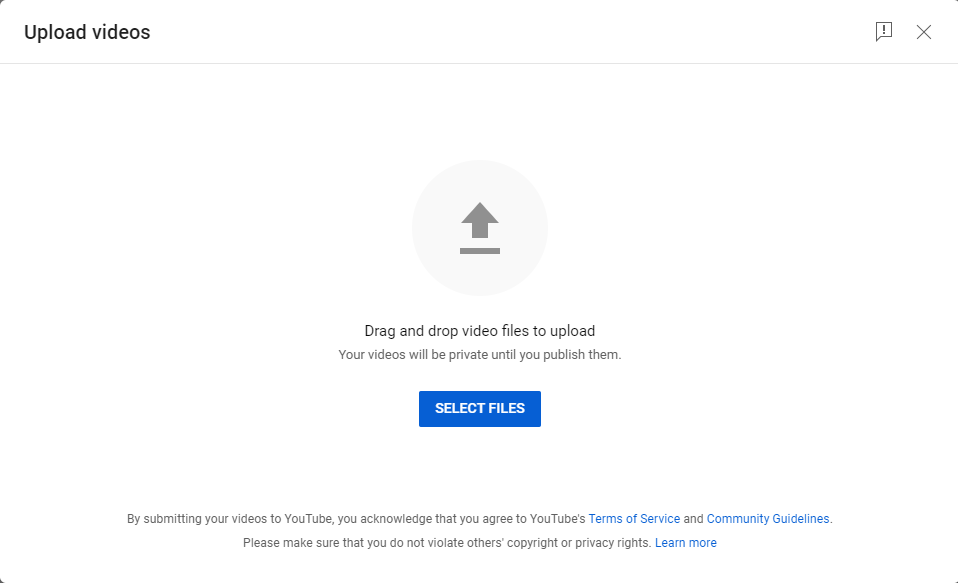
Then, select the edited video, add your podcast description and, maybe, timestamps. You can do this yourself but if you prefer, let AI handle it.
For instance, with Podsqueeze you can get all the needed written assets to get your video uploaded on YouTube without writing a single line of words.
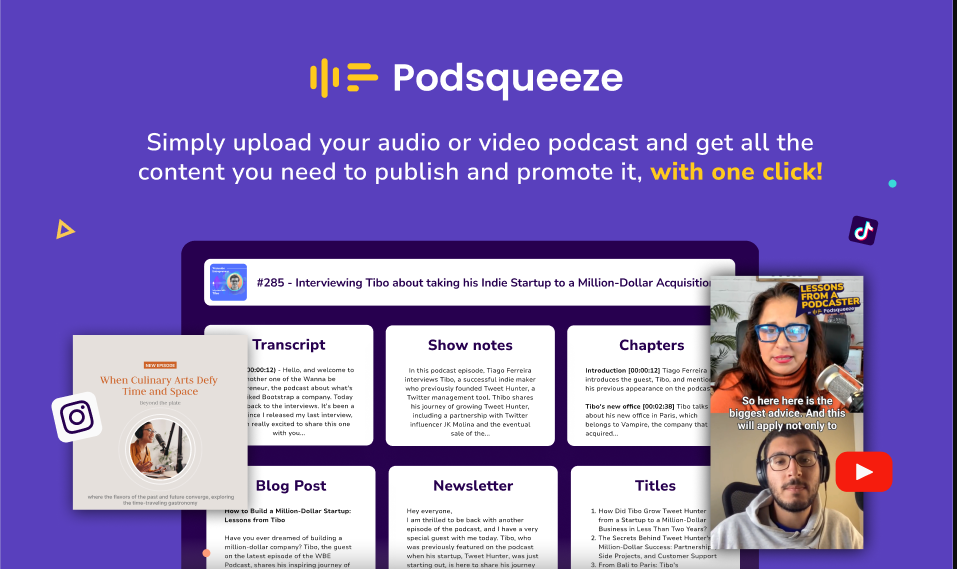
Get the description for your pod episode and simply copy and paste.
The last and equally important is your podcast marketing. Without it, your video will get lost among the ocean of other videos on YouTube.
There are several ways to grow your YouTube channel. Post about your new video on X, Facebook, LinkedIn, etc. Share the link to your podcast on relevant subreddits or forums related to your niche. Collaborate with other podcasters in your industry to cross-promote each other’s podcasts.
You’re now equipped with an ultimate guide that answers all questions you might have about video podcasts. Following the instructions in this guide will help you clarify your niche, ensuring your podcast is focused, relevant, and appealing to the right audience. Now, what’s holding you back? Go out there and start creating!